Chillida in NYC
From 30 October to 19 December 2015.
This fall, London gallery Ordovas will debut in the United States with Chillida: Rhythm-Time-Silence, the first exhibition dedicated to the artist in New York City in twenty-six years. A central figure in European Post-war sculpture, Eduardo Chillida (1924-2002) produced an extraordinary body of work over a five decade-long career, establishing himself amongst Spain’s most distinctive and internationally acclaimed artists.
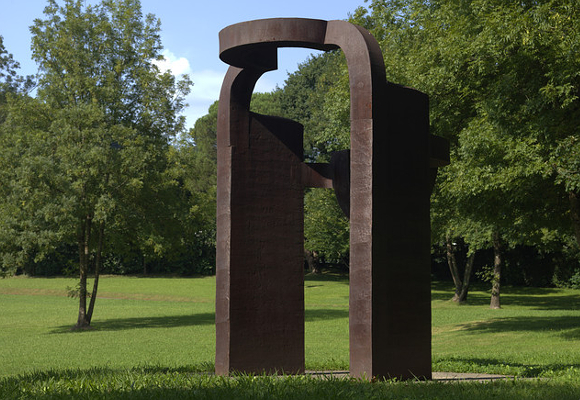
“It is a great honor to represent the estate of Eduardo Chillida and to inaugurate the Ordovas pop-up space in New York with his work,” says Pilar Ordovas. “This marks our third exhibition devoted to Chillida and the first monographic presentation of his work in New York since the 1980 Guggenheim exhibition. A long overdue survey, it will surely increase awareness of his major innovations in the field of sculpture and serve to introduce his work to a new generation of American audiences, scholars and collectors.”
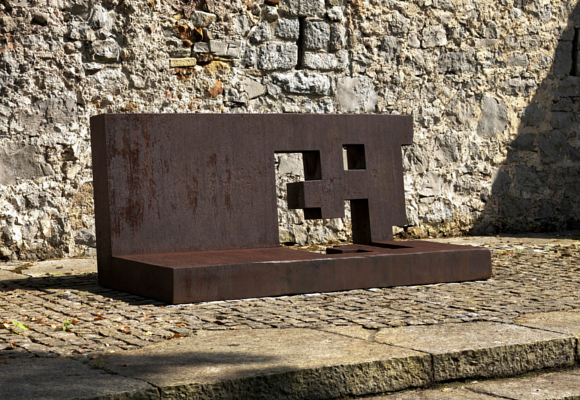
Ignacio Chillida, son of the artist, says, “On behalf of the Chillida Estate we are thrilled to be working with Pilar Ordovas to bring this exhibition of my father’s work to New York City. Together we have selected a group of works that are iconic and representative of Chillida’s oeuvre, and reflect the intimate and universal themes that characterized his vision. We are grateful to Ordovas for promoting Chillida’s work and presenting it to new audiences and collectors in the Americas and beyond.”
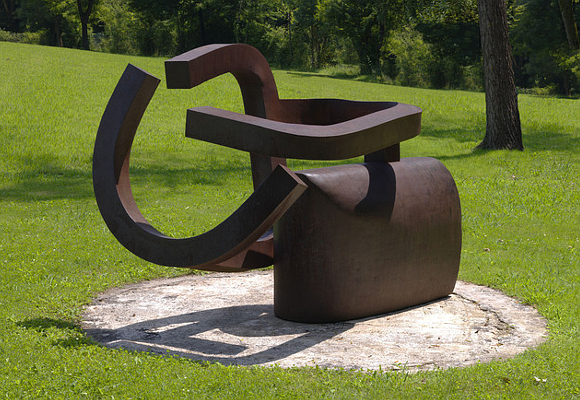
Chillida: Rhythm-Time-Silence delves into Chillida’s longtime exploration of space as material, as well as his philosophical investigations into the relationships between sculpture, architecture, nature and site. Organized in collaboration with the artist’s estate and featuring rarely seen works from the artist’s estate in San Sebastián, Spain, Chillida: Rhythm-Time-Silence showcases a focused selection of eight monumental works in corten steel, granite and alabaster. Among them, a large-scale sculpture entitled Arco de la libertad, executed in 1993, which will be shown alongside an iconic Peine del viento. Created in 1999, Peine del viento XIX derives from the famous Wind Comb series – one of Chillida’s most recognizable outdoor works; a series of giant steel forceps that extend from the cliffs of San Sebastián, emblemizing man’s connection with nature.
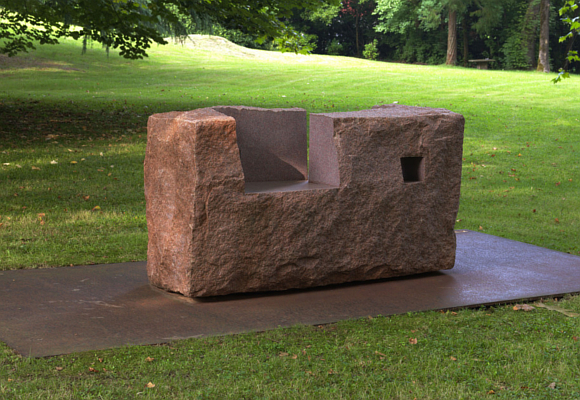
His departure from corteen steel and exploration of light are exemplified in the two smaller stone sculptures present in the exhibition: a carved granite work from 1998, Lo profundo es el aire XVIII, and an alabaster work Arquitectura heterodoxa IV, executed in 2000. The title Lo profundo es el aire (Deep as the Air) was inspired by a phrase from the Spanish poet Jorge Guillén, with whom Chillida would form a lifelong friendship after meeting in 1971 during a visiting professorship at Harvard University. Chillida’s project to make a sculpture inside the mountain of Tindaya on Fuerteventura was inextricably linked to these alabaster works.
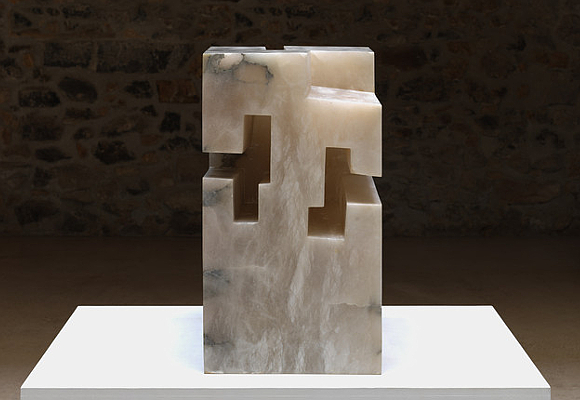
Trained in architecture, Chillida turned his attention to drawing before settling on sculpture and quickly began experimenting with the art form, creating works out of iron, steel, wood, alabaster, cement and paper during his formative years. Chillida is however best known for his monumental works in corten steel, a medium deeply rooted in the blacksmithing traditions of his native Basque Country, a region already known in Roman times for its iron mines and forges.
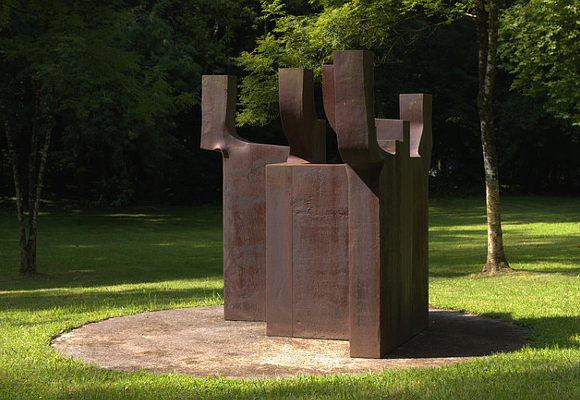
A pioneer in the use of industrial fabrication techniques and large-scale, site-specific works, Chillida investigated early on sculpture and its relationship to nature and time, questioning the boundary between matter and space, and anticipating some of the explorations of artists like Richard Serra and Robert Smithson. Renovations of the sleek 10,000 sq ft Ordovas space at 488 Madison were made by architects Thomas Croft and David Hotson. Where? 488 Madison Avenue .New York NY 10022. Tue-Sat 10am-6pm.
